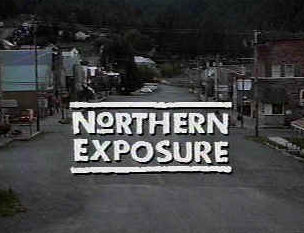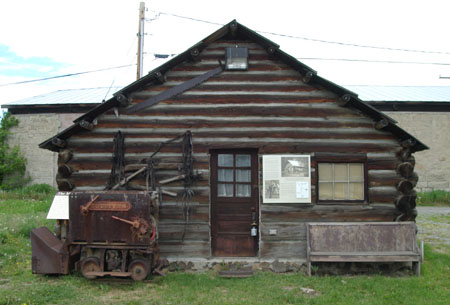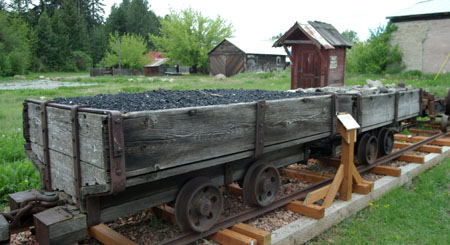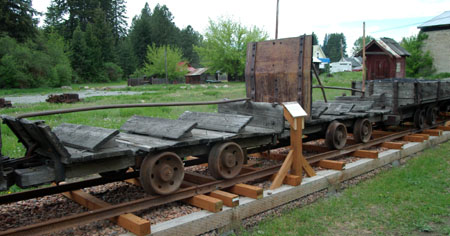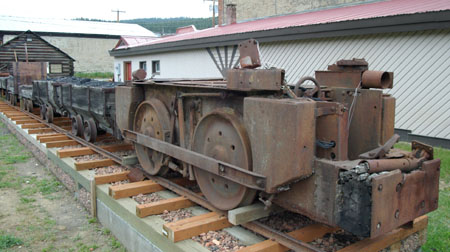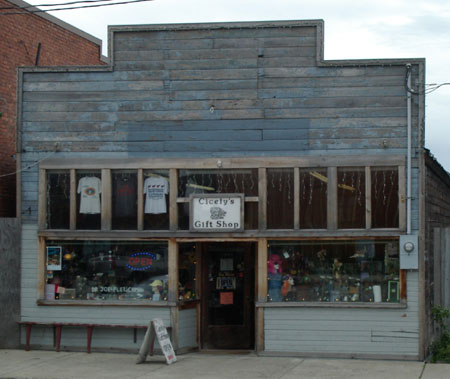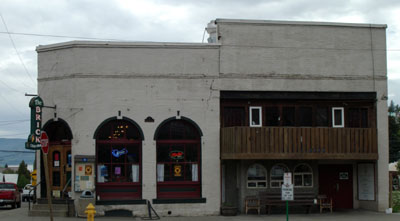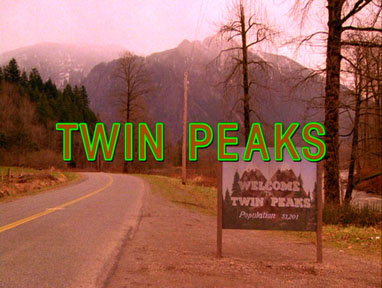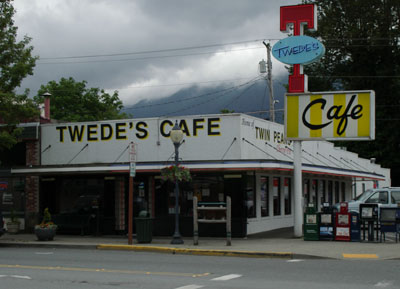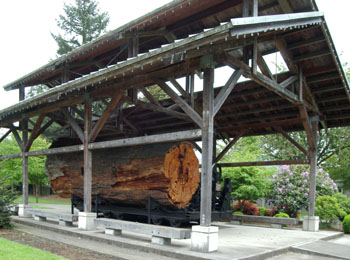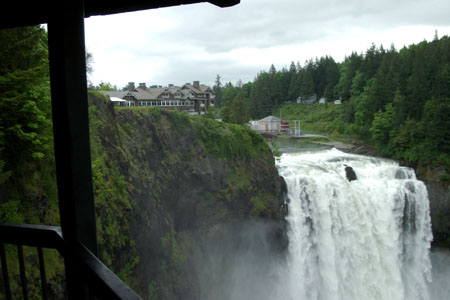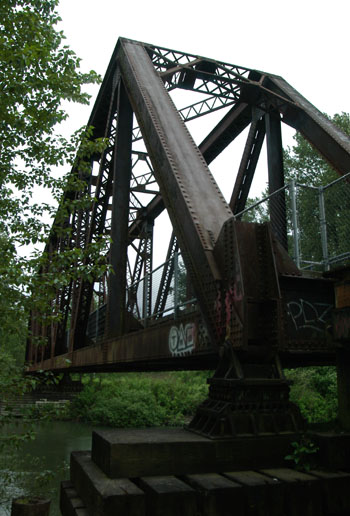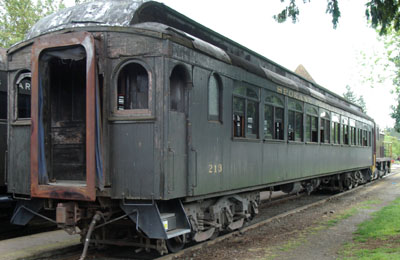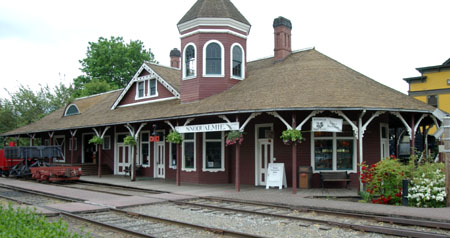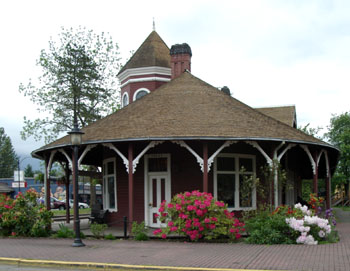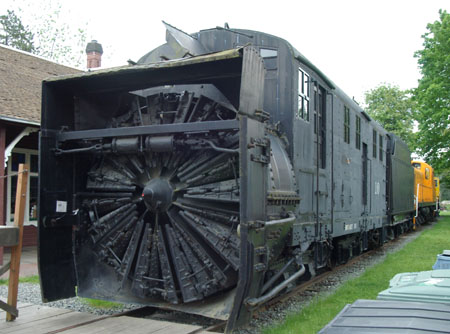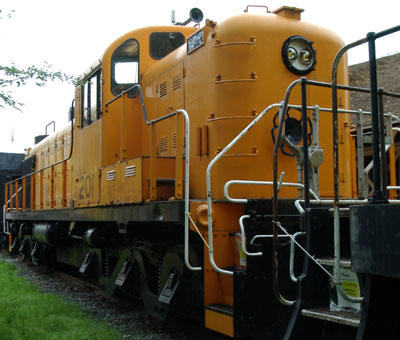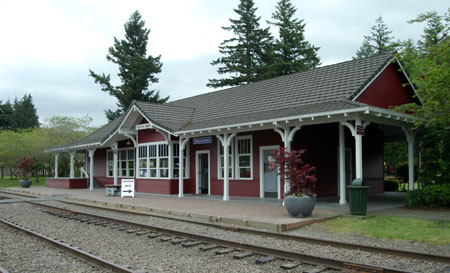|
|
|||||
 |
|
To the east of Seattle there are several towns which featured heavily in TV productions, they are Roslyn (Northern Exposure) and Snoqualmie and North Bend (Twin Peaks). Before heading north I paid a brief visit to both of these towns. |
|
|
|
Coal deposits were first found in the Roslyn area in the 1880s and commercial coal mining operations were begun to support operations by the Northern Pacific Railway. A section of the railway is in a tunnel under Stampede Pass, and Roslyn, which lies on the route to Stampede Pass, provided the coal for both the railway construction work as well as the ongoing railroad operations. Roslyn's peak coal mine production was in 1910 and as coal was replaced by diesel the mines began to shut down and the last mine closed in 1963. |
|
|
|
|
||||||||||||||||||||||||||||||||||||||||
|
This mural is prominently on display as you enter the town hence the need to come up with an explanation in the TV show. |
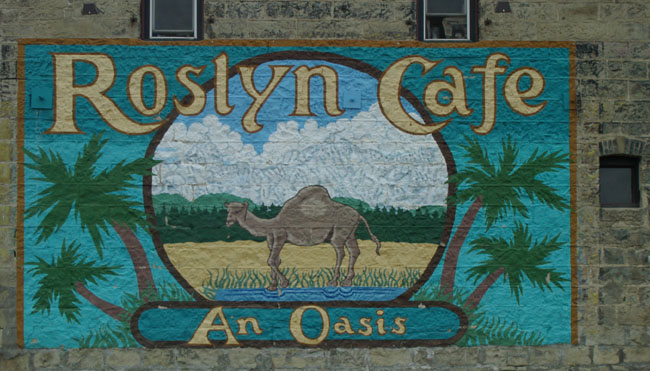 |
|
|
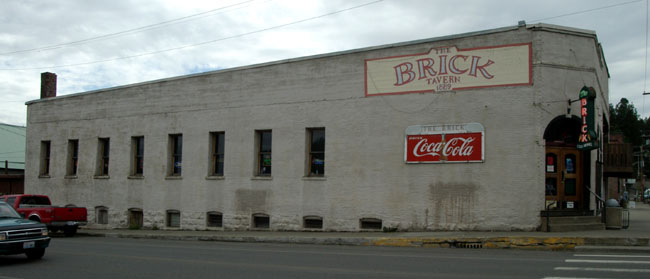 |
|
|
|
|
|
|
|
|
|
|
|
|
|
|
|
The museum mentioned above is the Northwest Railway Museum. |
|
|
||||||||||||||||||||
|
|
||||||||||||||||||||
|
|
| [New Wildwood] [Contents] [Route 66] [Western Odyssey] [South East USA] [Round the World] [Why Wildwood?] [Site Status and News] |
